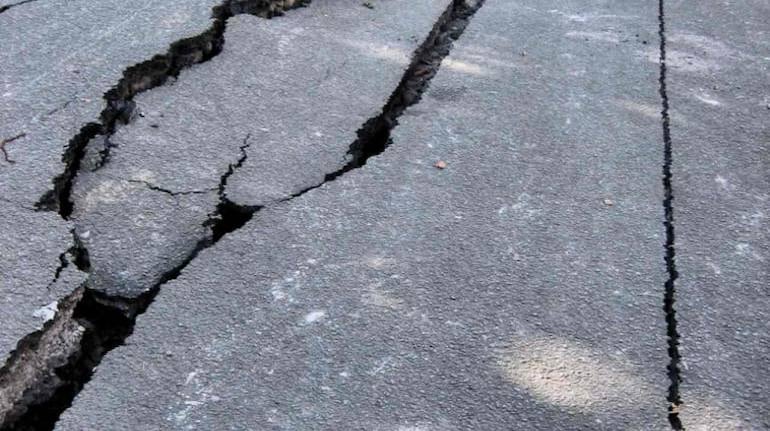Eight days have passed and more than 17,000 earthquakes have been recorded in Iceland so far. The strongest earthquake was recorded at 5.6. Experts fear the quake could be triggered by volcanic activity.
The strongest quake occurred on the morning of February 24 and shook buildings in the capital, Reykjavik. Its intensity was 5.6. Five magnitude earthquakes were also felt on March 27 and 1. However, small and large earthquakes and aftershocks have also been noted.
No major damage has been reported so far, but cracks in some buildings and roads have been reported. However, the people of Reykjavik have been trembling for 24 hours straight. Thus, the duration of intermittent earthquakes has been maintained throughout the week.
People in the town of Grandok say similar earthquakes were noted a year ago, but now their magnitude and number have both increased. Even people are waking up at night because of them.
Geologically, Iceland is located on the edge of two tectonic plates. These plates are slowly moving away from North America and Eurasia, and the line between them is called the Mid-Atlantic Ridge. Although geological activity here has been noted only by sensitive instruments, people are now feeling them.
Danger of volcanoes
There are many volcanoes in the area, says Dr. Purvalder Parderson, a volcanologist at the University of Iceland. Now they are saying that lava and magma can enter the earth’s crust at any time and the volcanic process can start.
According to Iceland, there are two mountains under which volcanic eruptions are taking place. Their names are Mount Kyler and Mount Figer’s Falls. According to human records, volcanic activity also occurred here in the twelfth century. However, the volcanic process will result in fisher eruption in which lava or ash gradually comes out. In general, we have become accustomed to seeing the volcanic process in a terribly dramatic way. However, this may not be the case in Iceland.






